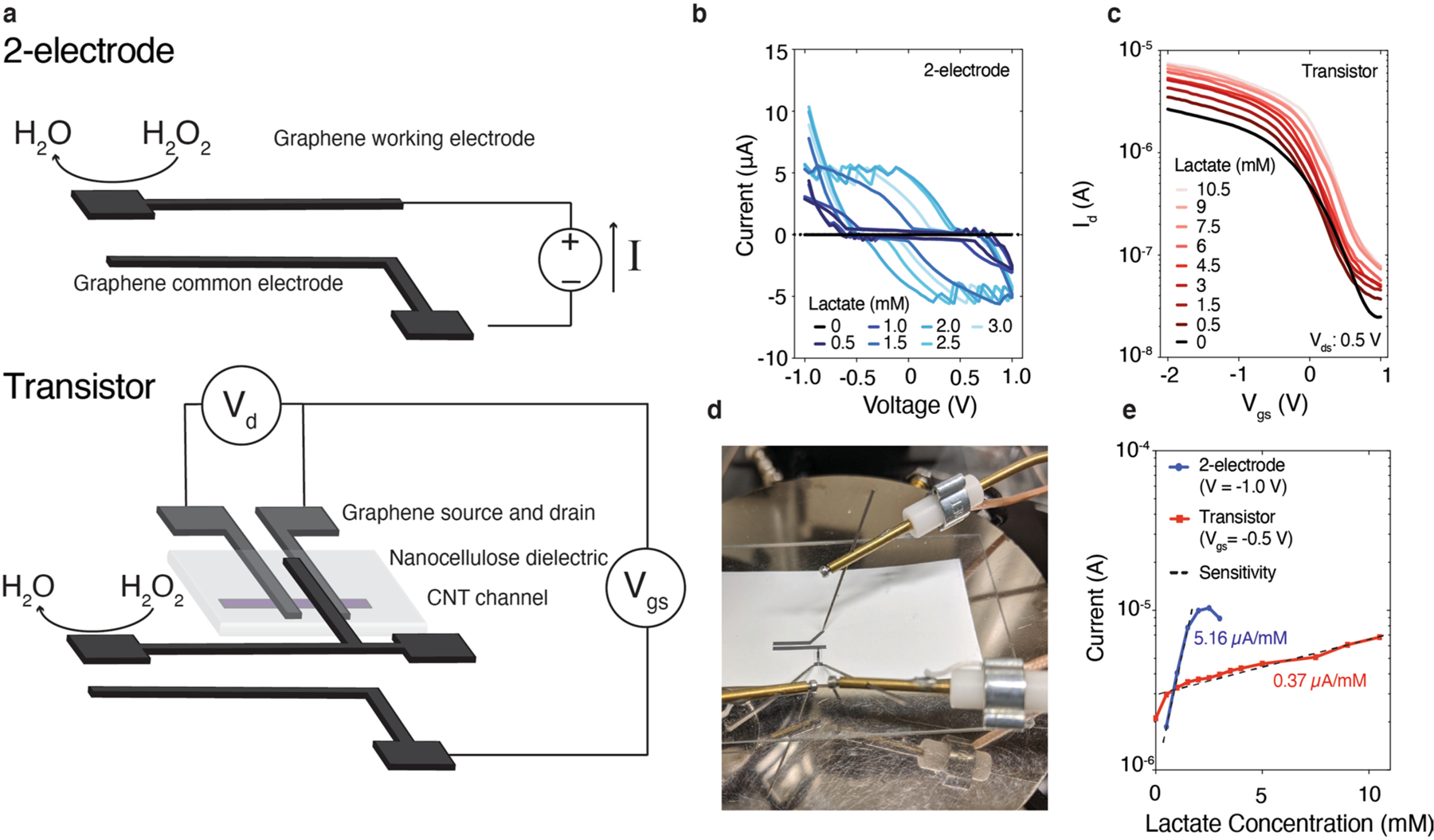Extended Data Fig. 8 |. lactate biosensing from fully printed all-carbon devices on paper.

a, Schematic of (top) 2-electrode and (bottom) transistor-based, all-carbon lactate sensors. Electronic lactate concentration testing using (b) the 2-electrode sensor and (c) the transistor-based sensor. d, Transistor-based testing setup. e, Current dependence on lactate concentration showing a more pronounced current response to increases in lactate concentration with the 2-electrode device; however, a current maximum is reached at a concentration that is too small for medical relevance whereas the transistor-based device extends the sensing window by at least 5x, allowing for medically relevant lactate sensing. Lactate concentrations greater than 2 mM in human blood are indicative of septic shock. Furthermore, recent research indicates that mortality rates for patients presenting with elevated lactate concentrations was highly dependent on the duration of sepsis. Mortality sharply declined when lactate levels stabilized to a value of 2.2 mM as opposed to those that maintained a concentration of 3.3 mM after 4 hours. Hence, the 2-electrode sensor, which has a higher sensitivity than the transistor-based sensor (5.16 μA mM−1 vs 0.37 μA mM−1, respectively) has a sensing window that is too narrow for complete medical relevance. Working electrode area is 5 mm2 for all measurements).
